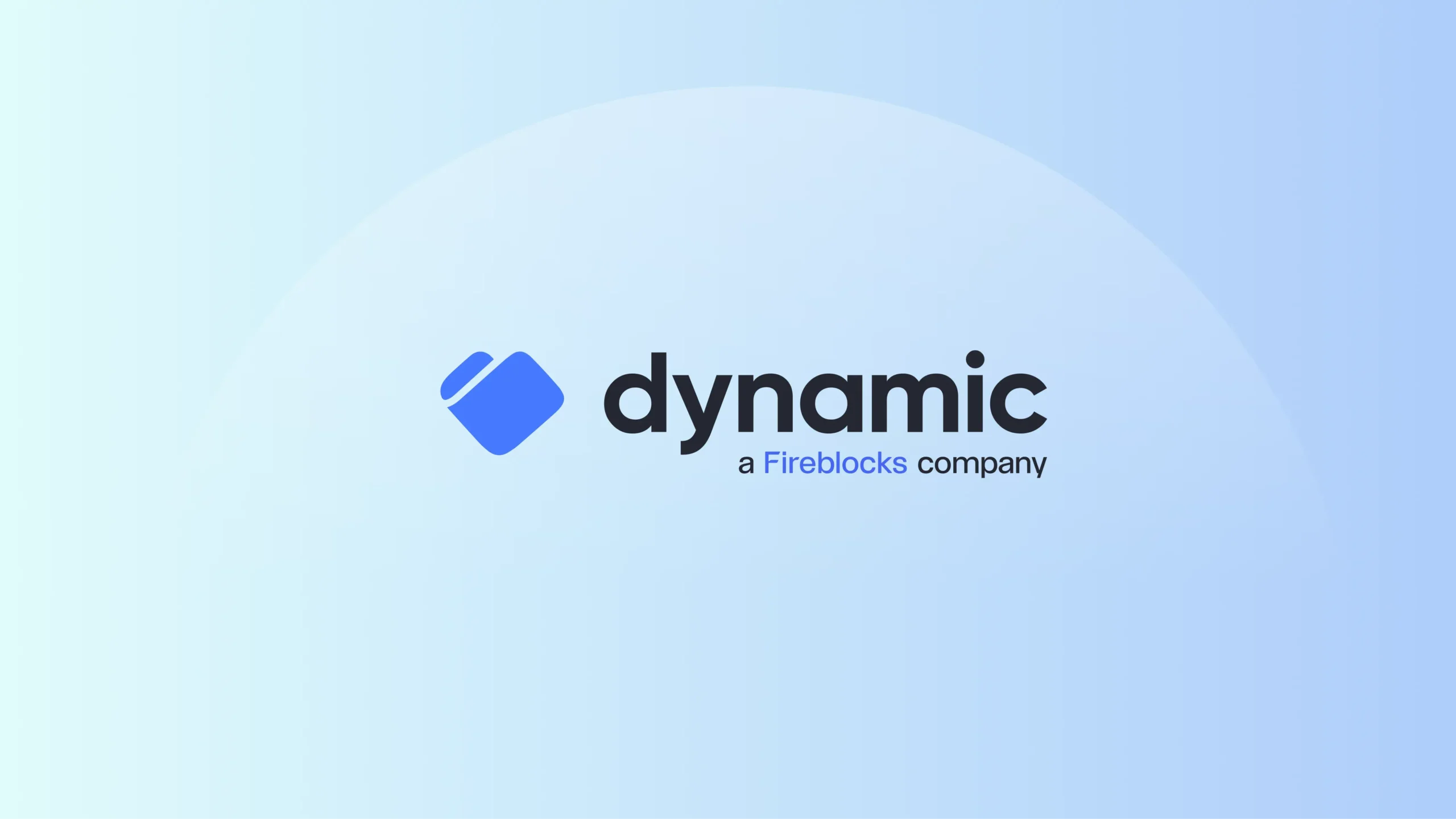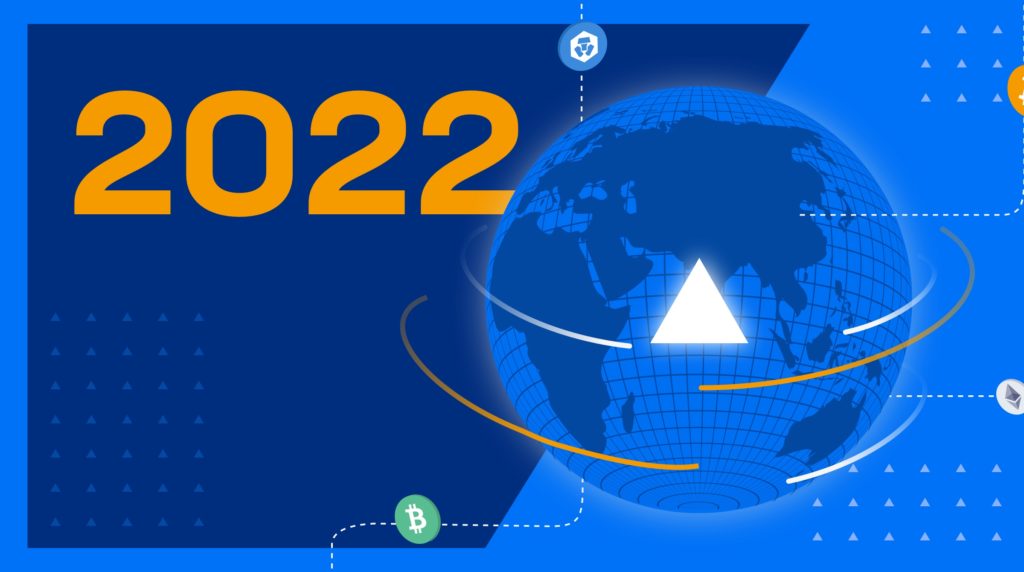2021 was a year of extraordinary growth and innovation for Fireblocks and the crypto industry as a whole. Now, it’s time to look ahead and see how the seeds planted over the past 12 months will mature in 2022. Predictions can be tricky, of course, but we’ve polled thought leaders and experts from across the Fireblocks team to gather their outlook for the year ahead.
Here’s what we expect will happen in the new year across key categories, from institutional adoption to digital assets and gaming.
1. More institutions will embrace cryptocurrency.
Institutional interest in crypto will accelerate in 2022, with innovation from market leaders like Fireblocks creating monetary incentives for more institutional entities to enter the market. The proven safety and soundness of market-leading custody solutions is the prerequisite to the next wave of adoption. Contrary to a few years ago, there are now fewer liquidity or product constraints in over-the-counter spot, futures, or derivative products available to be traded.
This adoption will gain more momentum from developments in post-trade infrastructure that are currently being implemented across the marketplace. Furthermore, the emergence of digital asset settlement services, akin to a decentralized clearing house offering netting and DvP, will also bring better risk and liquidity management. On the capital markets side, strategic mergers and acquisitions will continue to be backed by large fund raises and more tier-1, crypto-native firms will be able to access debt capital markets, highlighting the creditworthiness of the ecosystem.
2. Tech giants will invest in crypto solutions.
Outside the financial sector, crypto adoption will be driven by new services and connectivity options introduced by asset custodians. Treasury management solutions, staking, and tokenization are all bottom-line revenue drivers for large corporations, and this corporate self-interest will make crypto an appealing investment class.
We predict that one or more major tech companies—such as Tesla, Google, or AirBnB—will announce plans to not only buy bitcoin, but to invest its own funds into crypto solutions supported by one of the major custodians in the next 12 months.
3. Developing economies will experiment with central bank digital currencies (CBDCs).
In 2022, more emerging economies will announce bold experiments in CBDC adoption. Meanwhile, G20 countries will be slower to adopt or commit to CBDCs. Among advanced economies, we expect to see more consultations, discussion groups, and sandboxes, as central bankers weigh various alternatives to digitizing currencies and/or partnering with private issuers.
The concept of a wholesale CBDC or an acceptable, privately issued stablecoin will need to move in relative tandem with institutional adoption. That’s because the means of payment and the asset need to both be on-chain. Until then, users will be forced to interact with separate systems, thus duplicating operational workloads.
4. Crypto will spread through the metaverse.
Mark Zuckerberg’s “metaverse” announcement may have been met with some skepticism, but it reflects virtual trends that are already well underway. In 2022, we expect retail crypto adoption will bring the metaverse into the mainstream. In this new environment, cryptocurrencies will continue to spread and mature as a means of payment.
While the “real world” has been slow to adopt cryptocurrencies as a means of exchange (no one is really buying lattes with BTC), stablecoins and other assets native to metaverse environments will create a generation of users who are completely comfortable making payments for digital goods using cryptocurrency. This change will lay the groundwork for stablecoins and other cryptocurrencies to make the much-hyped jump into payments in the real-world, non-virtual economy.
5. NFTs will usher in Web 3.0.
Not only will NFTs meaningfully drive commerce within closed virtual environments and video games, in 2022 we’ll begin to see what an interconnected metaverse actually looks like, with wallets like MetaMask enabling NFT owners to deploy assets across multiple online environments. For example, NFT artwork will go on display in the Decentraland Museum, but will also become deployable as a skin in Fortnite. This degree of increased flexibility and functionality will help the NFT market mature into an important pillar of the digital asset space.
As investment in NFTs increases and they become more closely associated with online identity, we’ll see the beginnings of what is referred to as “Web 3.0,” which will lead to the replacement of social networks like Facebook by new social networks that are owned by their users. The helpful analogy here is Twitch. While people do not necessarily view games as social platforms, Twitch demonstrates the existence of a powerful social pull around gaming. In 2022, games will be the starting point for online identities and social relations that form the basis and beginning of Web 3.0.
6. Europe will lead the way in regulation, with the U.S. as a close second.
On the regulatory front, we predict mixed signaling from regulators globally and a number of high-profile enforcement actions, particularly in the United States. That said, in 2022 we anticipate an increasing consensus around cryptocurrency regulation as we move away from the current phase of trying to fit cryptocurrencies into existing asset categories.
In this next stage, we’ll see the adoption of regulatory frameworks that treat digital assets as a unique asset class. Europe will lead the way in regulation, with the U.S. as a close second. While the exact contours of the regulatory frameworks to come are difficult to predict, there are reasons to believe that the worst fears of the industry—outlawing DeFi and unhosted wallets—will not come to pass. Clarity on regulatory matters, or even hints of future clarity to come, will incentivize further institutional adoption.
7. Private key management will focus on scalability.
In 2022, scalability will need to be tested when it comes to private key management. How can a custodian or provider of custodial technology demonstrate their ability to securely scale? MPC is already becoming the de facto standard for key management, but this trend touches on many other aspects relevant to wider cybersecurity challenges, as well as development and operational risk management by a vendor.
Cybersecurity concerns will continue to be a factor in MPC, and Fireblocks has already discovered and patched one such vulnerability. That’s why we’re encouraging the community to move to MPC-CMP, the most advanced and secure version of MPC available for ECDSA signing. MPC-CMP is readily accessible as an open-source and peer-reviewed algorithm.
It’s impossible to know for certain how the future will play out, but based on prior trends and the trajectory laid out for cryptocurrency in 2021, Fireblocks expects the coming year to be one of bold, perhaps even revolutionary, changes. In other words, the horizon is bright, and only growing brighter.

